Surface Water Absorption Tester TF167
Surface Water Absorption Tester, to determine the ability of a terry fabric to rapidly absorb and retain liquid water from surfaces such as human skin, dishes, and furniture.
Description
Application
Surface Water Absorption Tester, to determine the ability of a terry fabric to rapidly absorb and retain liquid water from surfaces such as human skin, dishes, and furniture.
Specimens are placed at an angle on the base of the apparatus. After water flows down the surface of each specimen, the amount of water retained in each specimen is measured. Six specimens are tested, three on the face of the fabric and three on the back of the fabric. The six observations are averaged to determine the surface water absorption of the fabric.
Specifications
- Pour Spout: 30+/-2mm (1.18 +/- 0.08 in.)
- Angle of holder: 60°
- Time of water flow: 50ml within 8s
- Distance between Spout and Specimen: 6 +/- 4 mm (0.24 +/- 0.16 in.)
Weight
| 10 kg |
Dimensions
| Length: | 450 mm | Width: | 240 mm | Height: | 480 mm |
Standards
| ASTM D4772-2014(2019) | GB/T 22799-2019 Method B |
6 reviews for Surface Water Absorption Tester TF167
You must be logged in to post a review.
Application Scope of the Surface Water Absorption Tester
This test method may be used to test the surface water absorption of terry fabrics for bath towels, bath sheets, hand towels, kitchen towels, dishcloths, washcloths, beachwear, bathrobes, and the like.
This test method is not applicable to non-terry fabrics such as huck towels, waffle-weave towels, crash towels, flour-sack towels, and nonwoven wipes. The lightweight/open structure of these fabrics may allow a large amount of water to completely pass through the specimen; thus the test result may not be a valid measure of a non-terry fabric's ability to absorb water. This test method is not applicable to decorative terry fabrics that will not be used to absorb water from surfaces.
Sample Preparation
Prepare specimens as standard instructed, and mark the length direction. Better to cut specimens in a circle with diameter 190mm ~ 210mm.
Calibration of Flow Time
Use a stopwatch to calibrate the time between the opening of the valve and the time the water was exited the graduate. If the time is more than 8.0s, softly tighten the nut on the valve to make the flow speed faster.
Test Procedure
1 Adjust the test environment to the standard environment, that is, the temperature was (21±1)℃ and the humidity was (65±2)%.
2 Prewet the instrument. When the valve is closed, pour 50ml of distilled or deionized water into the funnel. Open the valve to allow water to enter the pot through the instrument. Thoroughly dry the base, the hoop, and the pan.
3 Move the sample holder on the block on the right side, thus the top surface of the sample holder is in the horizontal position. Position the specimen on the top surface of the sample holder and in relation to the holder so that the lengthwise direction of the specimen will be parallel to the table top when the test is conducted.
4 Check whether the specimen or graduate is in a correct test position. Move the sample holder to test position (sample mounted is 60 degrees inclined to the base of the instrument). Push the pan against the base so all the water will go into the pan.
5 When the valve is closed, pour 50ml of distilled or deionized water into the funnel. Open the valve and allow water to flow along the surface of the specimen fixed in the ring. Do not click or tilt the meter attached to the instrument and try to drop all the water out.
6 Pour the runoff water, which is now in the pan, into the 50-mL graduate not attached to the apparatus and record the number of milliliters of runoff water to the nearest 1.0ml. Subtract the number of millilitres of runoff water from 50 and record this value as the observation.
7 Remove the laboratory sampling unit from the holder. Do not allow the tested wet areas of the laboratory sampling unit to contact untested dry areas.
How to measure the water absorption of the fabric surface? Through this article, I think you might have got the information you need. If you want to know more, please contact us. As a professional supplier of textile instruments, we are committed to continually improve the user experience, TESTEX Textile Testing Equipment is a reliable choice for testing textile quality.
[contact-form-7 id="16355" title="Inquiry"]

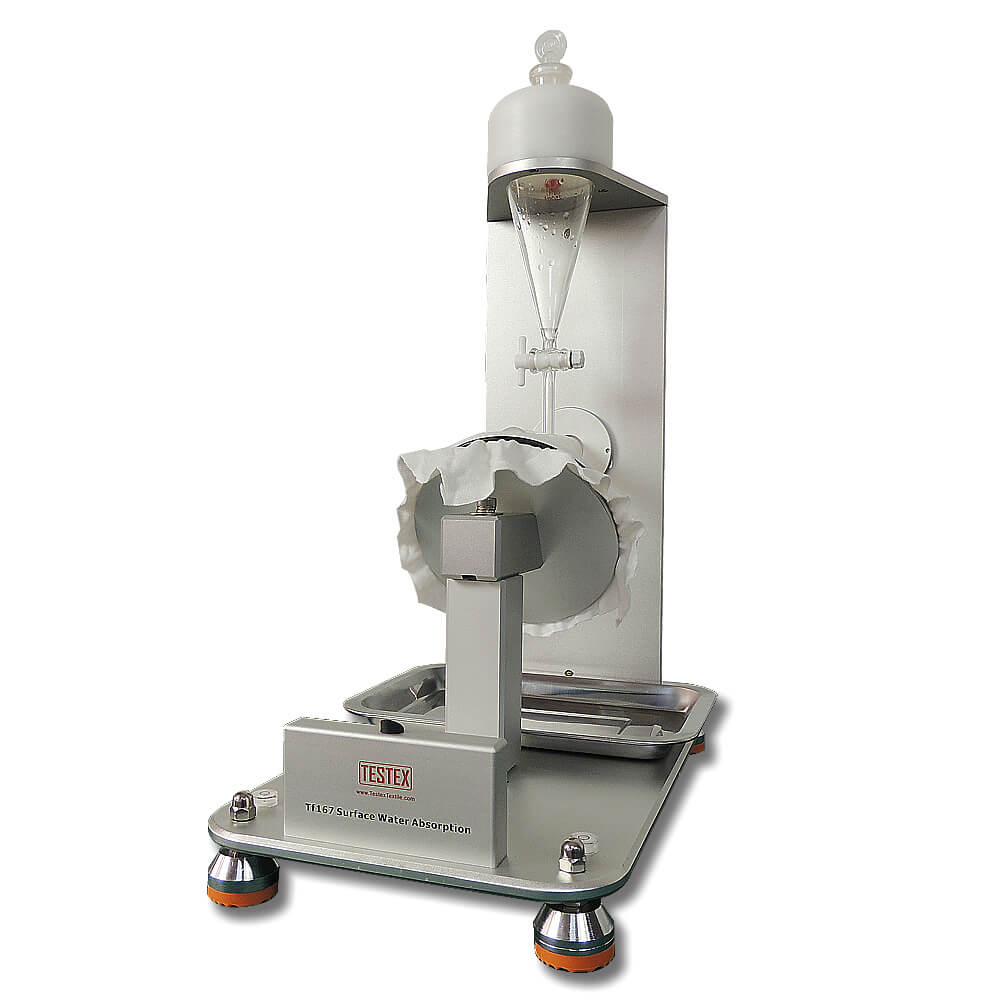
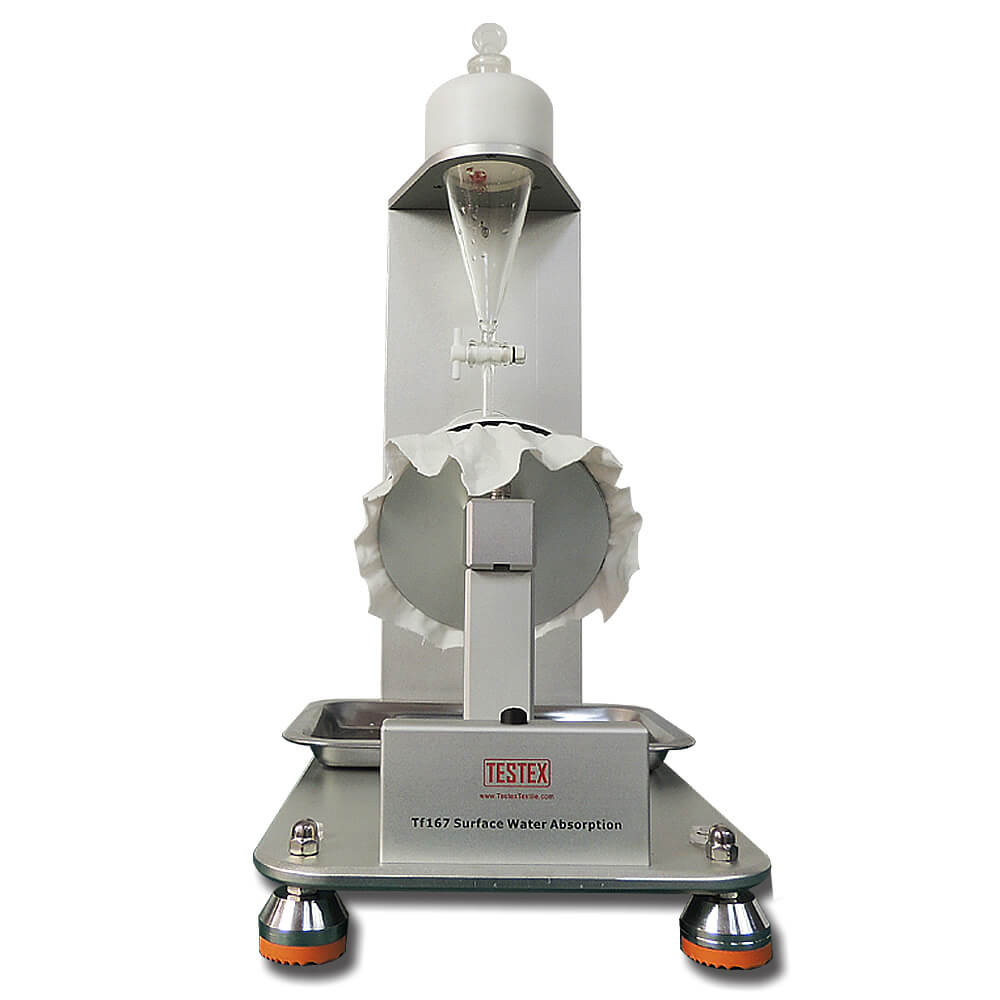
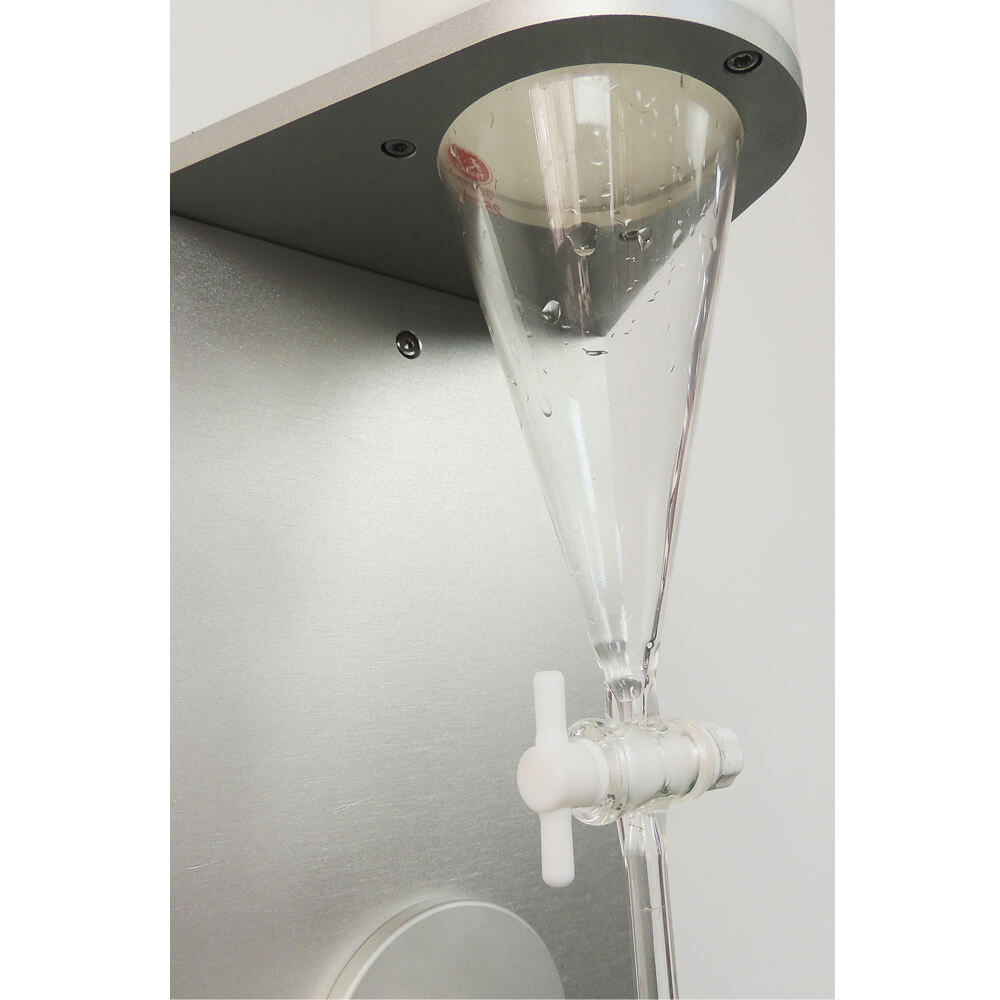
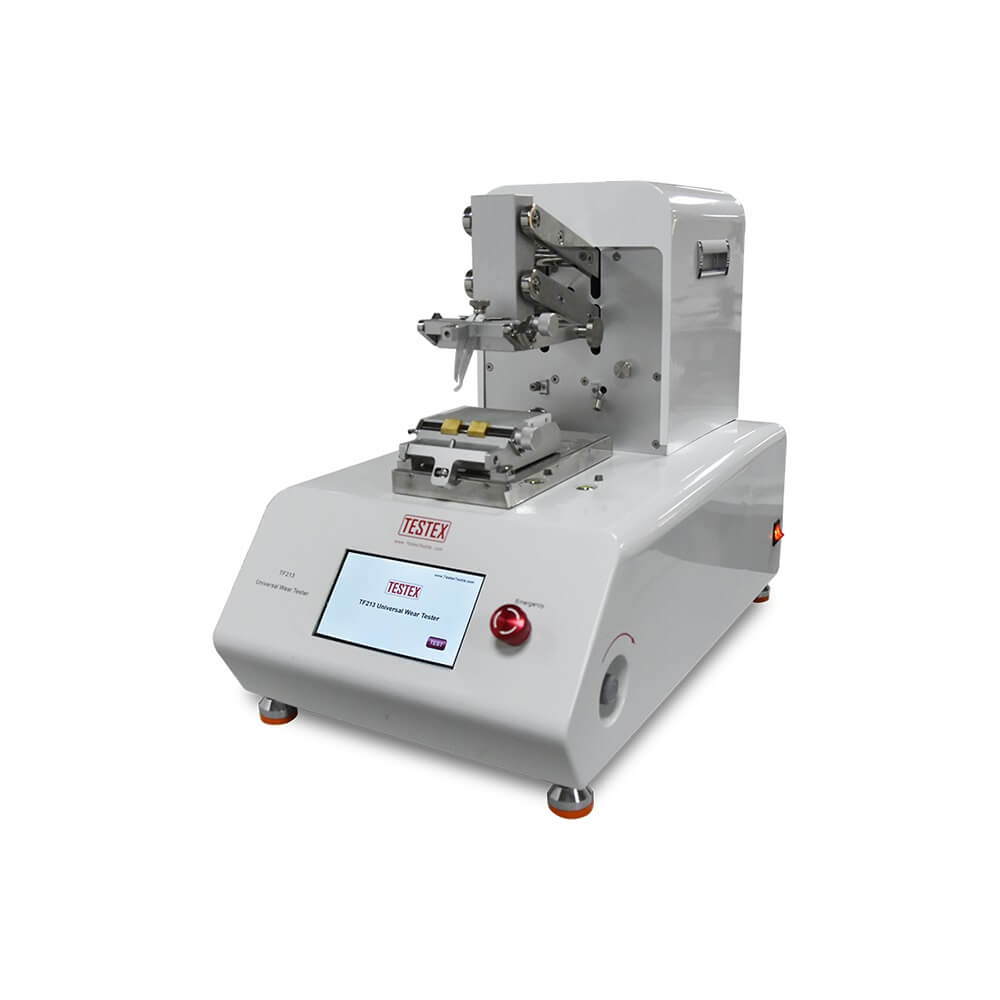
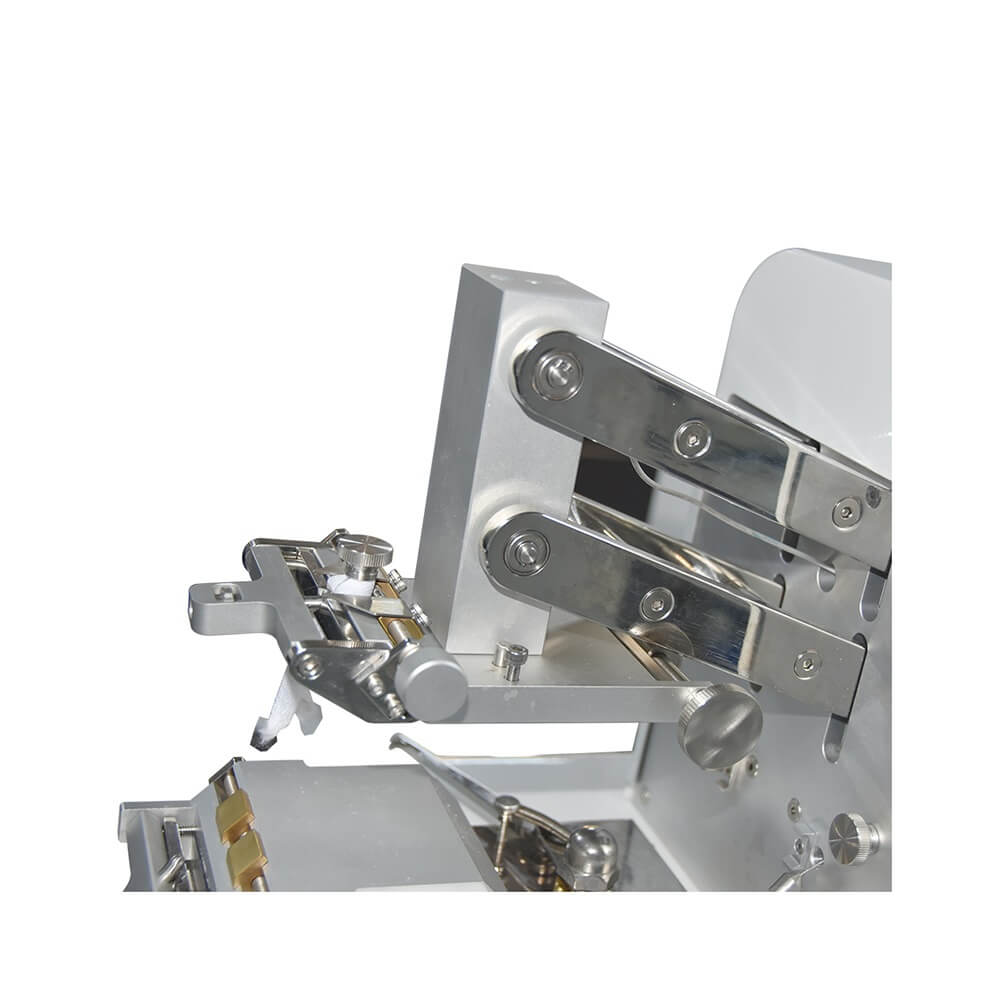
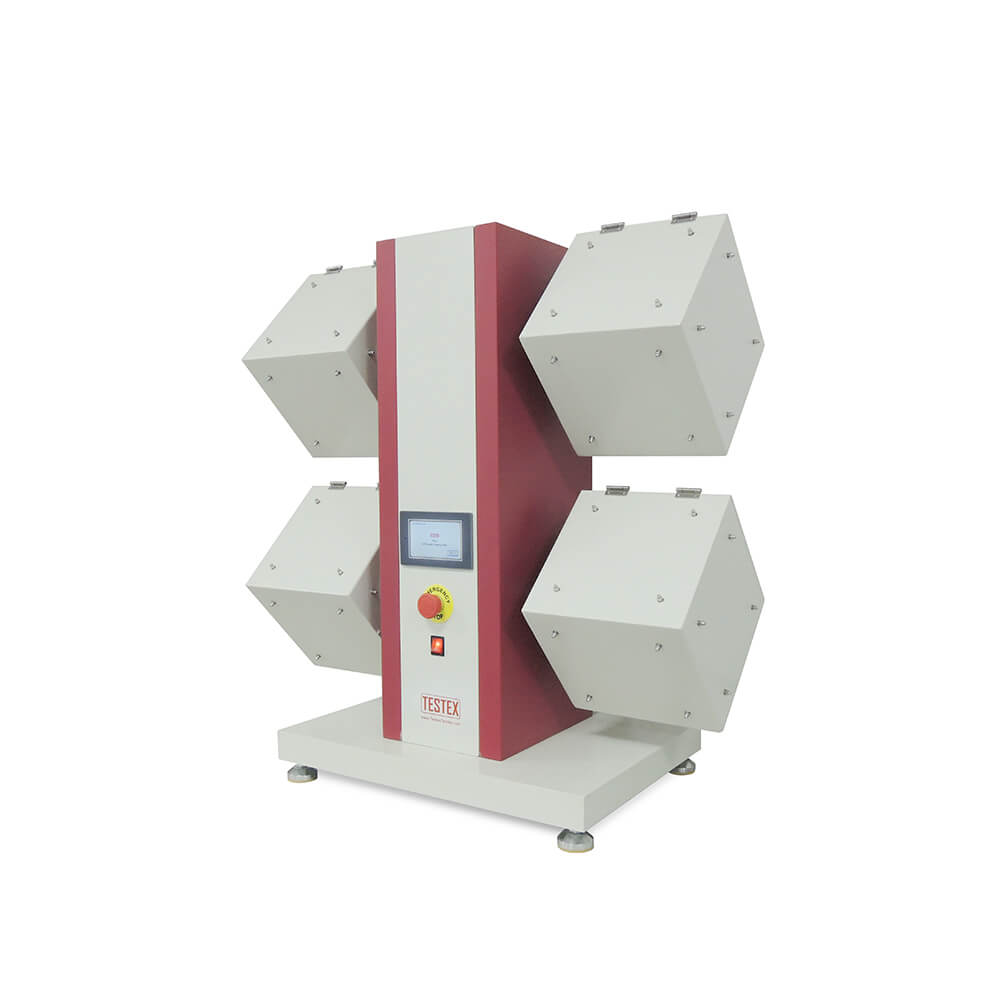
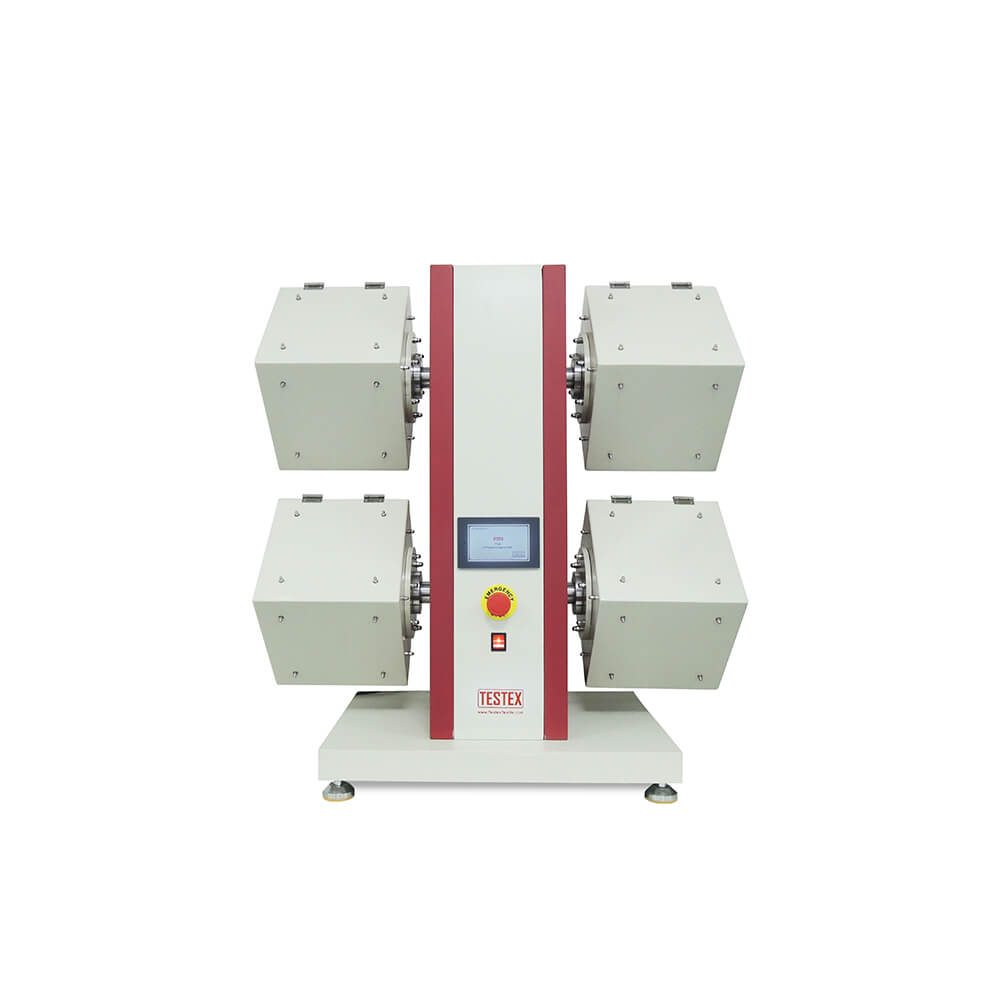
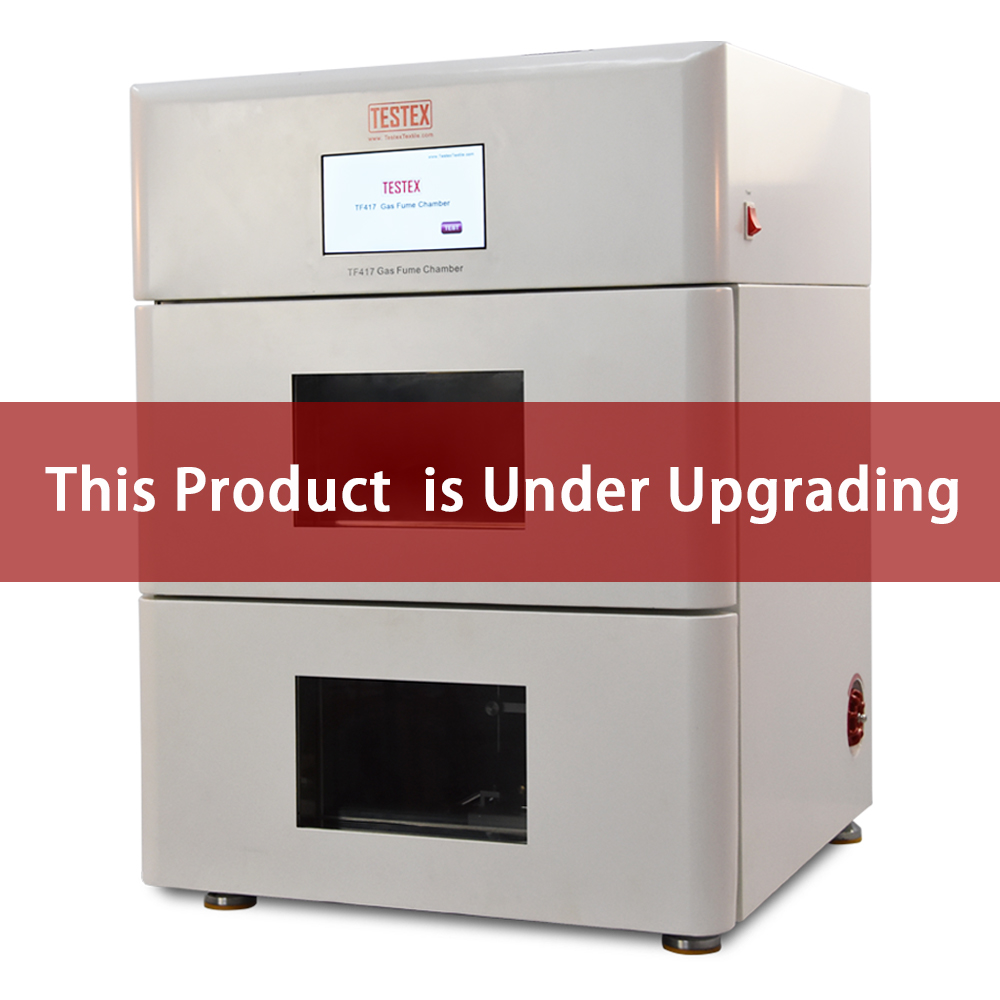
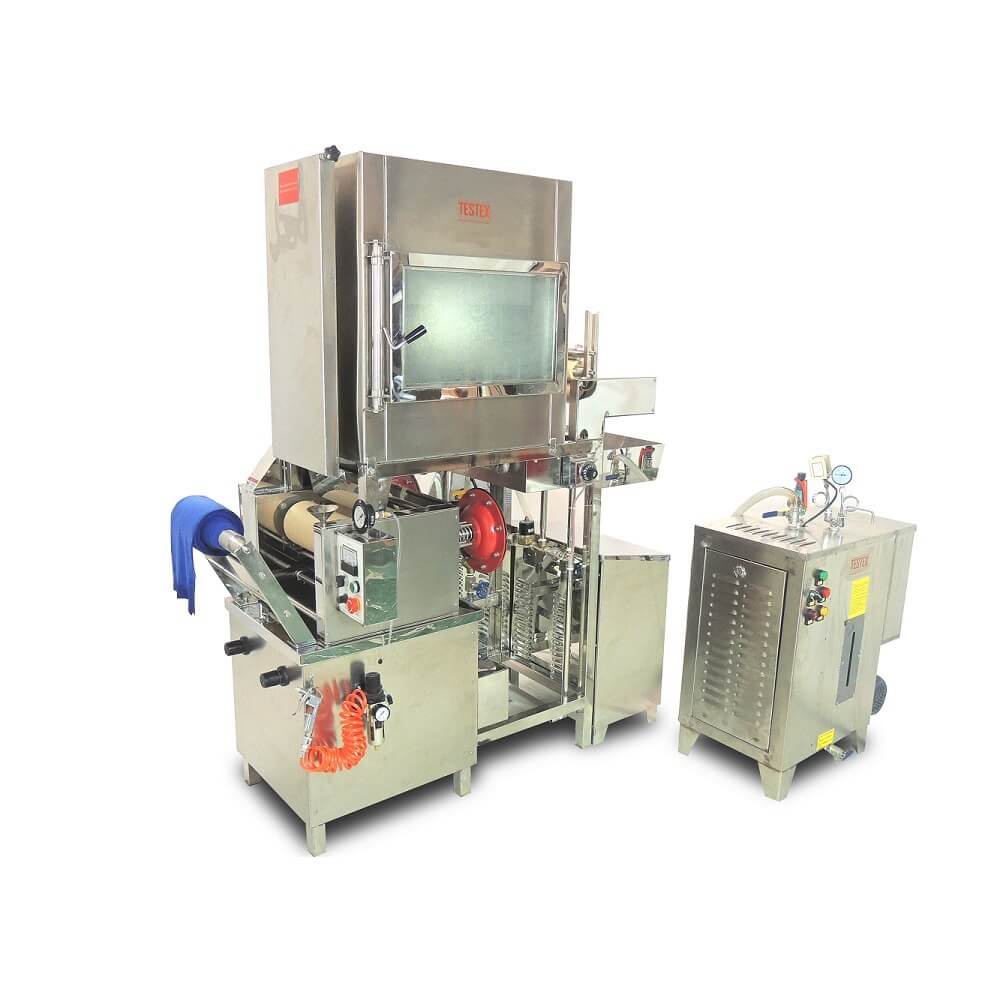
Gavin Patrick –
Package well. Hope that the delivery time will be shorten next time.
Olga Kennan –
Recommend this manufacturer’s perfect machine!
Arthur Blume –
I have bought many machines from this manufacturer.The quality as good as before.Recommend!
Richard Bush –
The product is wonderful and the service is excellent!
Vanessa Stevenson –
Quality tester with competitive price.
Eric –
Werkt prima en snelle levering.